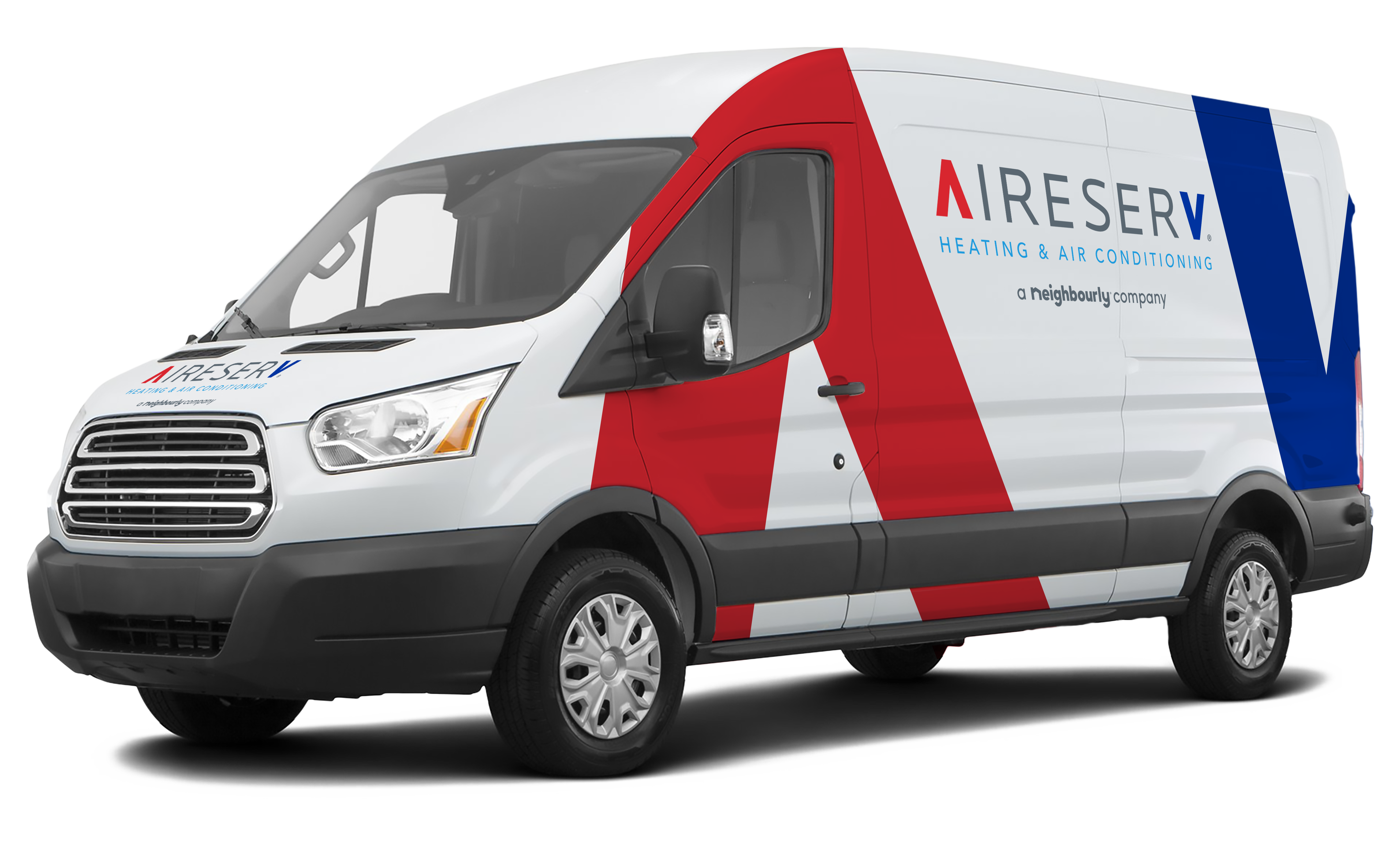We’re all a little more energy conscious these days. Whether you’re aiming to save money on your utility bills or help the planet stay a little greener, energy-efficient appliances are undeniably great investments. Furnaces are among the most energy-consuming appliances found in our homes.
If you’re worried about lowering your energy usage and saving some cash, it’s important to understand how furnaces convert fuel into heat with as little waste as possible. If you’re curious about the furnace efficiency of your unit, schedule an appointment with the heating professionals at Aire Serv. Our team can provide routine maintenance and shed light on how your furnace is performing.
Benefits of High-Efficiency Furnaces
There are a number of key benefits that come with furnace efficiency. Efficiency is the most obvious perk; so as long as you properly maintain your furnace, you’ll enjoy more affordable utility bills to heat your home. You’ll also feel good knowing you’ve reduced your carbon footprint that much more.
The benefits of energy-efficient furnaces don’t stop there, though. Many people don’t realize that these units tend to be much safer than inefficient models. Newer homes tend to have crawlspaces and attics that are insulated with spray foam. They are often completely sealed off from the outdoors. If your furnace resides in one of these spots, sealed combustion technology helps prevent carbon monoxide from seeping into your space.
Standard furnaces produce open combustion heat. This works great when the furnace is inside a vented space, like an unsealed crawlspace or attic. When in a sealed space, combustion heat can create backdrafts that force carbon monoxide into your home. High-efficiency units avoid this issue by bringing combustion air from the outdoors through a pipe that’s sealed off from the area that houses the furnace.
How High-Efficiency Furnaces Work
We’re often asked the question: how does high-efficiency furnace work, anyway? The answer lies with the unit’s secondary heat exchanger. This is what sets high-efficiency units apart – when the furnace creates heat, it recycles what doesn’t get used. The waste cycles through the secondary heat exchanger and then exhausts the rest. Standard efficiency models lack this secondary heat exchanger, which wastes a lot of heat and subsequently costs more to operate.
How Efficient is My Furnace?
Checking your furnace efficiency is easier than you might expect. Each unit is labeled with a rating for its Annual Fuel Utilization Efficiency measurement. Also known as the AFUE rating, this number is typically found in the manufacturer’s manual or inside the furnace cabinet. It tells you how effectively the furnace works to convert fuel into heat.
AFUE is a percentage of how much of the energy the furnace can convert into BTUs of heat. Let’s say your gas furnace turns 100 units of natural gas into 85 BTUs over the course of a calendar year. That means your AFUE rating is 85 percent. These days, most newer furnaces have an AFUE of 78 percent or better. To be considered a high-efficiency furnace, the unit must have an AFUE rating of 90 percent or greater.
However, even the most efficient furnace won’t work well if your ductwork is dirty or your air filters are clogged. It is estimated that for each annual maintenance appointment you skip, your furnace loses about five percent of its efficiency. This can lead to significant increases in heating costs over time.
How to Improve Heating Efficiency
If you’re hoping to improve your furnace efficiency, upgrading to a more efficient model may be the best solution. Of course, the greenest option is to get as much life out of your current unit as possible before upgrading. If you’ve still got a few years of use left in your current furnace, there are some other ways to improve heating efficiency you might want to consider.
For starters, consider setting a heating schedule for your furnace. Installing a programmable thermostat can do wonders to regulate the temperature in your home while you’re away. New smart thermostats even let you turn the heat up or down from your phone. This allows you to use heat only when you need it – turn on your furnace an hour before you head home or return from a vacation.
Lowering your thermostat can also help keep energy costs down. Try setting your thermostat at 20 degrees while you’re up and about, then lower it at bedtime by another 3 degrees. While this might seem drastic, you won’t feel the difference once you’re asleep under the blankets.
Of course, investing in a furnace efficiency maintenance plan can also help keep your unit working as effectively as possible. If you can’t remember the last time you changed your furnace filters, you’re likely overdue for a visit with our HVAC experts.
Heat Pumps vs. Furnaces: Which are More Efficient?
Is a heat pump more efficient than a furnace? We’re asked the question a lot. The answer is somewhat complicated. While heat pumps are technically more energy efficient, they tend to be used in warmer climates where people are less reliant on heat.
In colder locales, gas furnaces tend to fare better than heat pumps. Given the relatively low cost of natural gas over electricity, it’s important to factor lifetime operating costs into the equation, too. A local HVAC professional can discuss your heating options and help you make the right choice for your home.
If you’re hoping to embrace furnace efficiency, a tune-up from Aire Serv is the perfect way to start. Our team can thoroughly inspect your unit, replace any clogged filters, and shed light on the current condition of your furnace. Should you require a replacement, we can also help you select a high-efficiency model that aligns with your budget. Reach out today to schedule your appointment online or give us a call.

